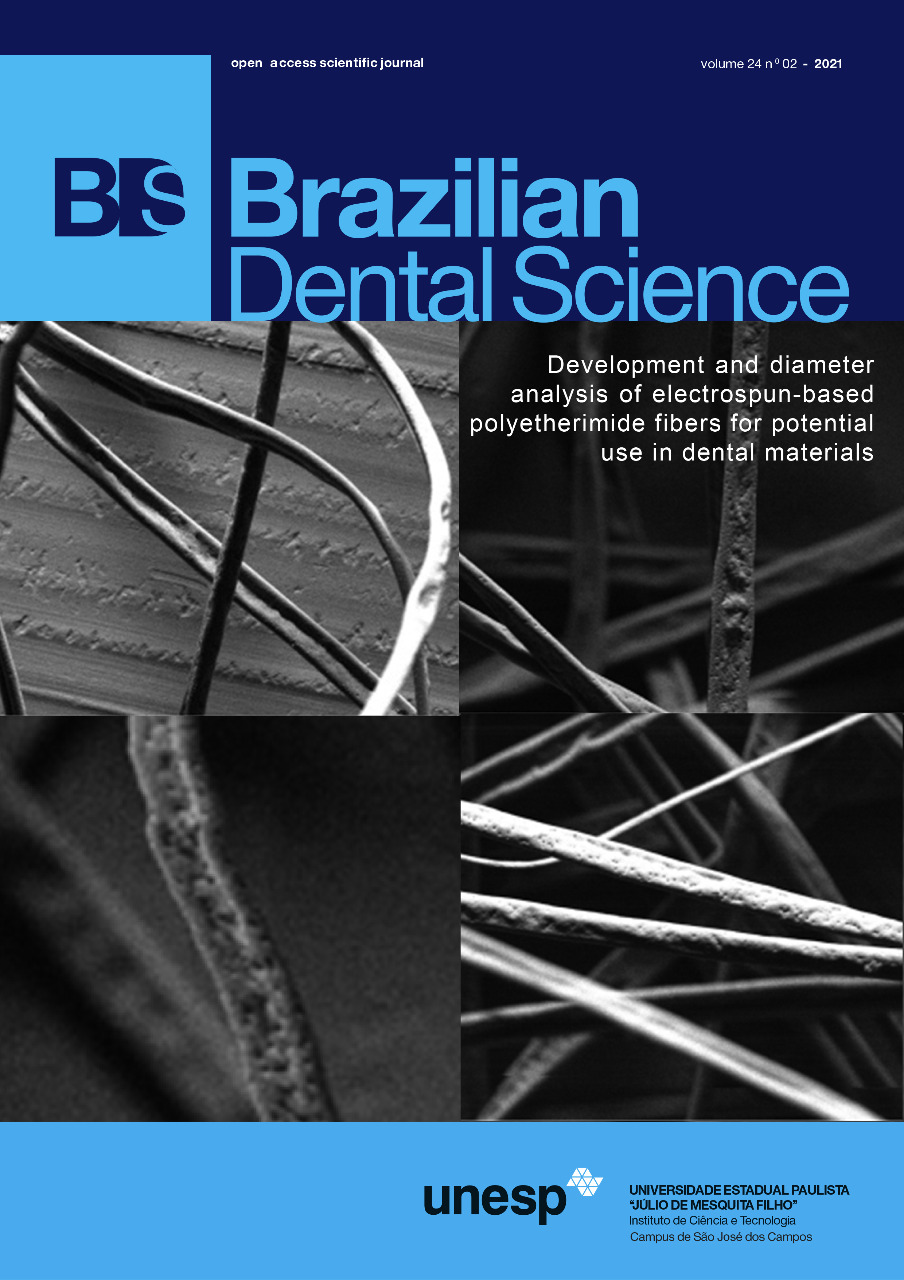A Cephalometric comparison of dentofacial parameters between Yemeni and Caucasian adults
DOI:
https://doi.org/10.14295/bds.2021.v24i2.2454Abstract
Objective: The purposes of this research were to establish cephalometric standards for Yemeni adults and to compare them with those of the Caucasians. Material and Methods: 100 Yemeni students (fifty males, mean age of 23.6 ± 2.1 years, and fifty female, mean age of 21.5 ± 3.1 years) with normal occlusions and wellbalanced faces were involved in the study. Inclusion criteria were a class I malocclusion with minor or no crowding, the whole teeth is present except third molars and no previous orthodontic, orthopedic or maxillofacial surgery treatment. Five angular and eighteen linear measurements were used for the skeletal, dental and soft tissue analysis. All participant’s lateral cephalometric radiographs were evaluated. The average values and standard deviations for all the angles and linear measurements were determined. The differences for each measurement between the Yemeni and Caucasian participants were calculated using unpaired t–tests. Results: Yemeni subjects had a more retrognathic mandibular positions (P< 0.05), protrusive mandibular incisors (P< 0.01), more protruded lip positions (P < 0.01), deeper mentolabial sulci (P< 0.01) and a steeper mandibular planes (P< 0.001) compared to the Caucasians. Yemeni females had a larger lower face height than Caucasian females (P< 0.001). Conclusions: The study provides specific standards for Yemeni adults and shows that the Yemenis had different skeletal and dentoalveolar cephalometric standards in comparison with Caucasians.
Keywords
Cephalometric comparison; Skeletal and dental features; Yemeni norms.
Downloads
Downloads
Published
How to Cite
Issue
Section
License
Brazilian Dental Science uses the Creative Commons (CC-BY 4.0) license, thus preserving the integrity of articles in an open access environment. The journal allows the author to retain publishing rights without restrictions.
=================




























